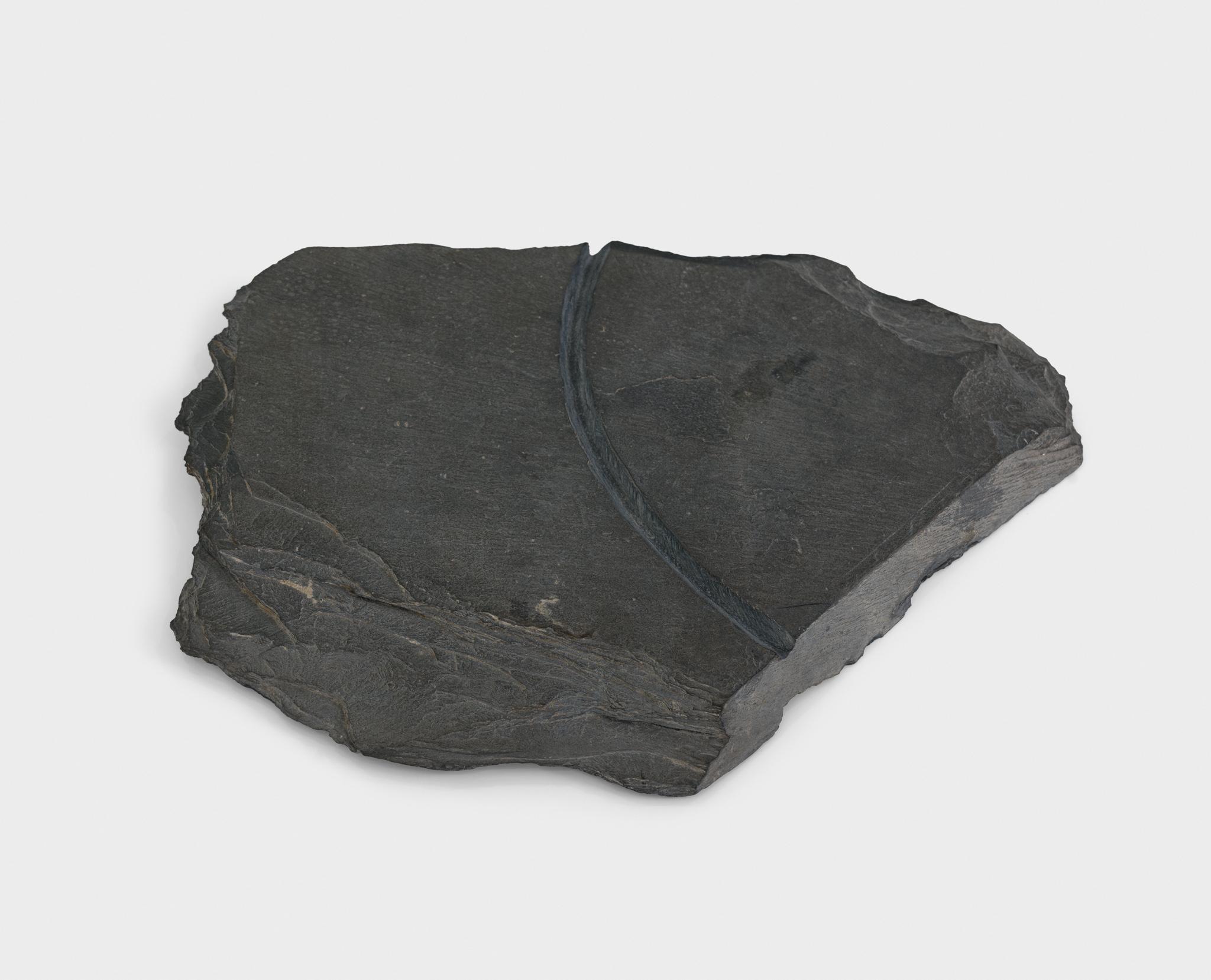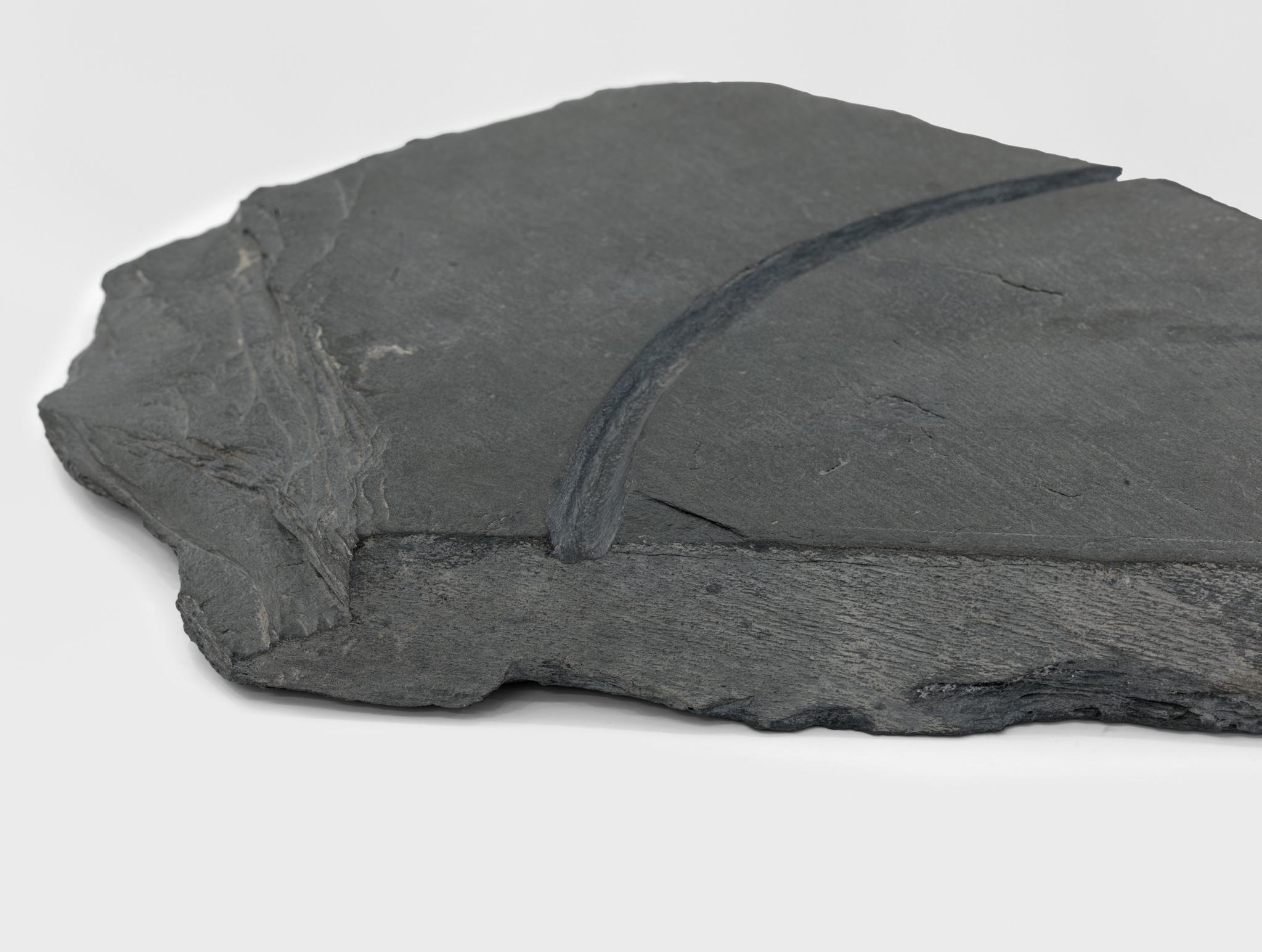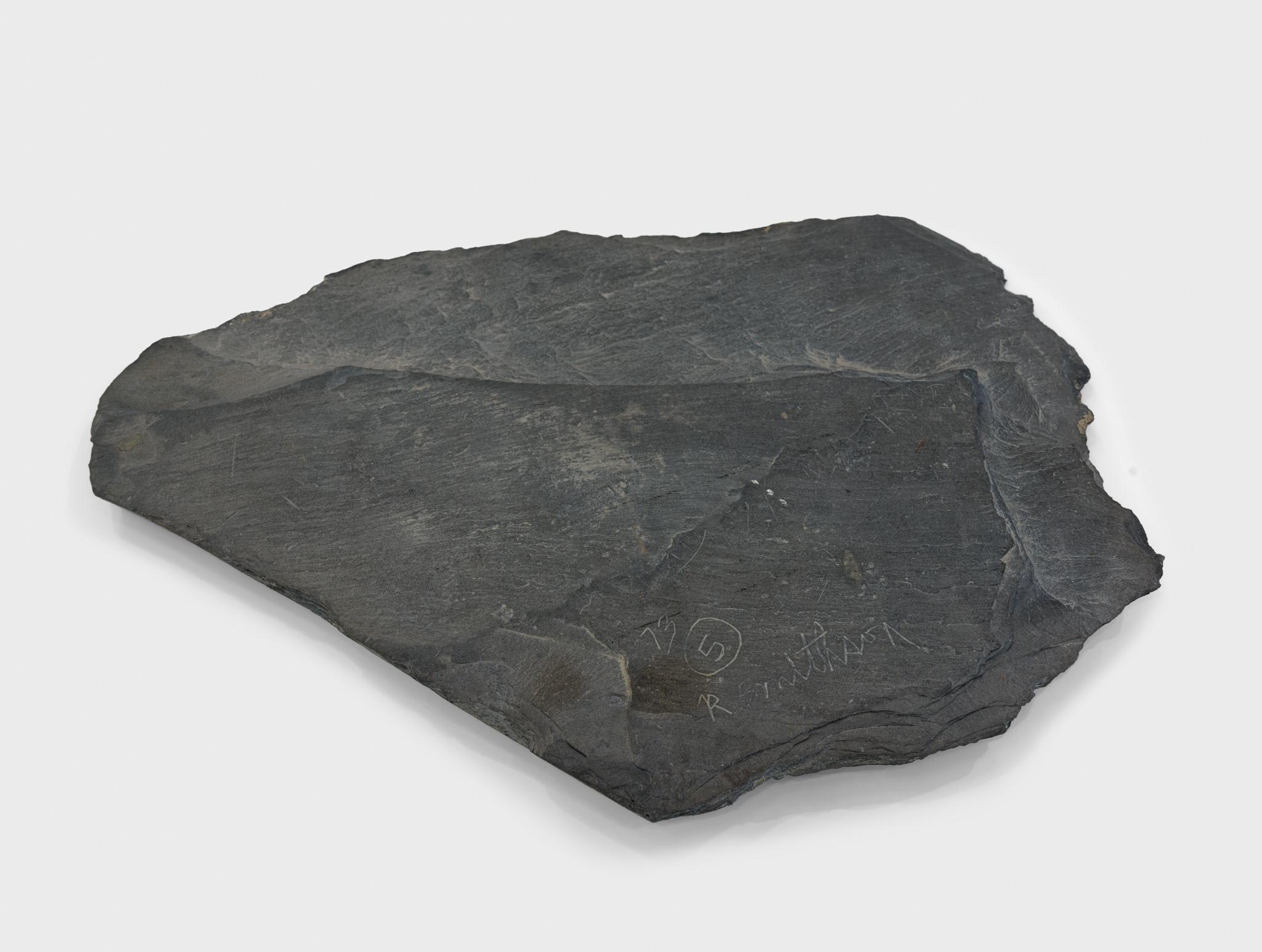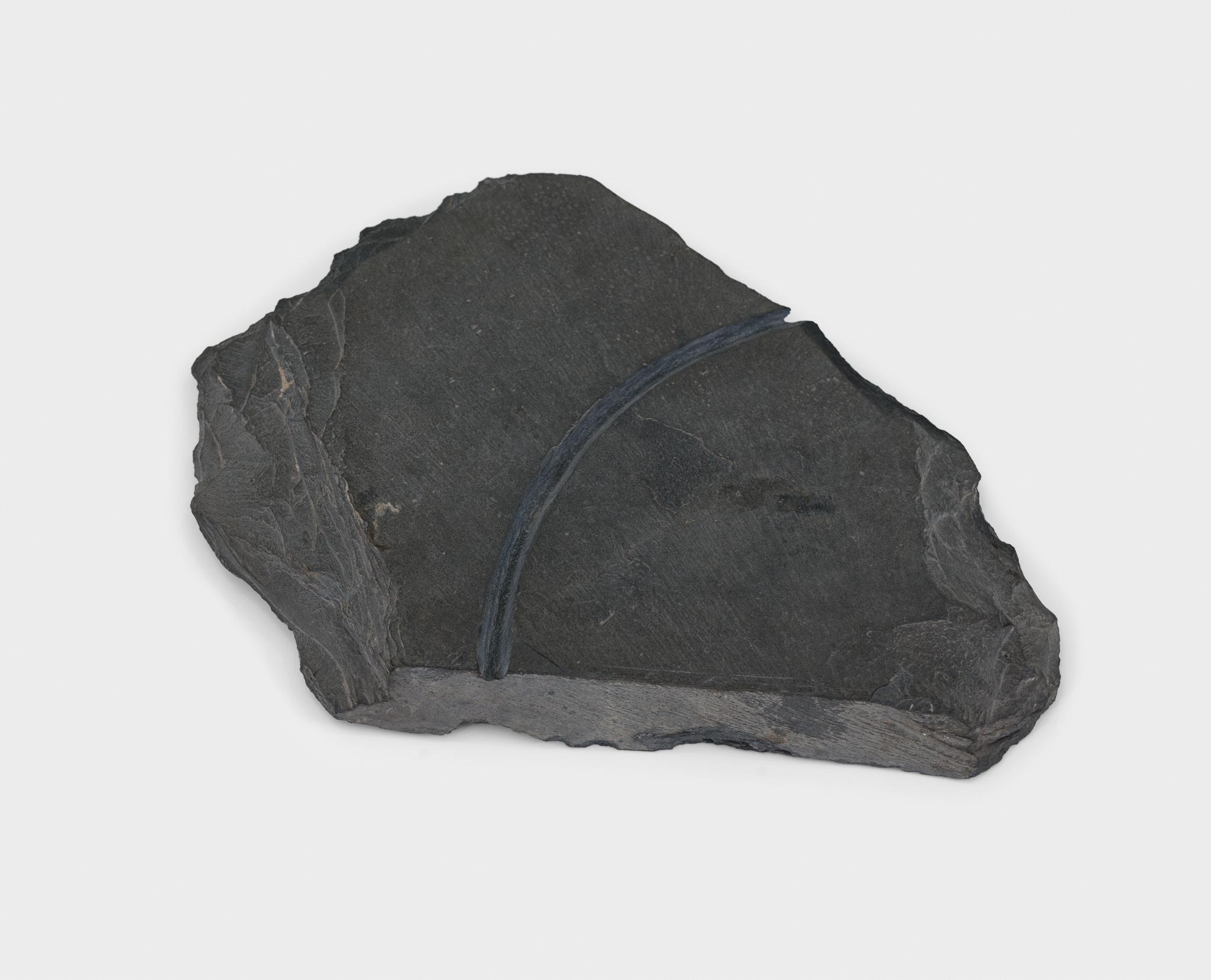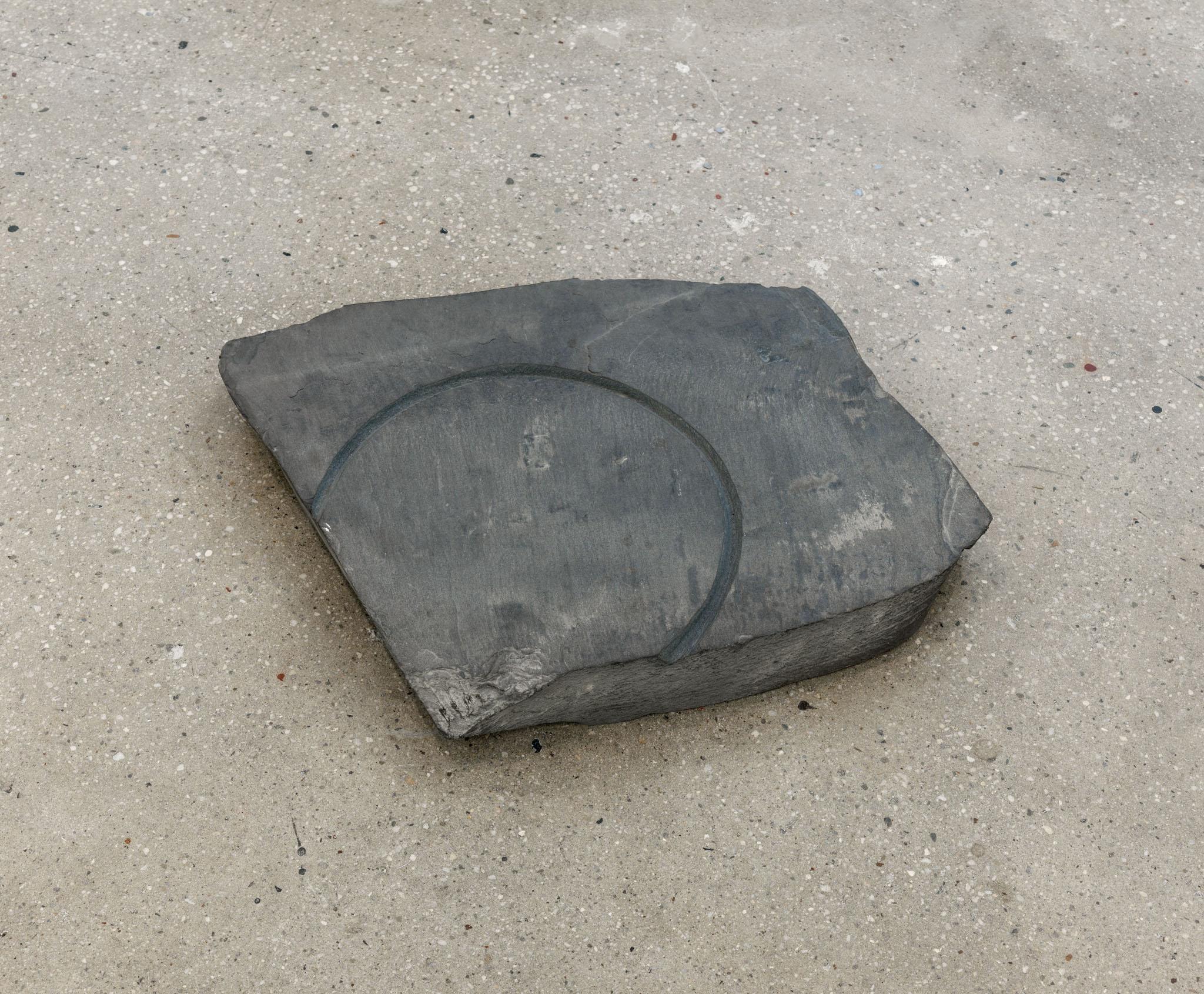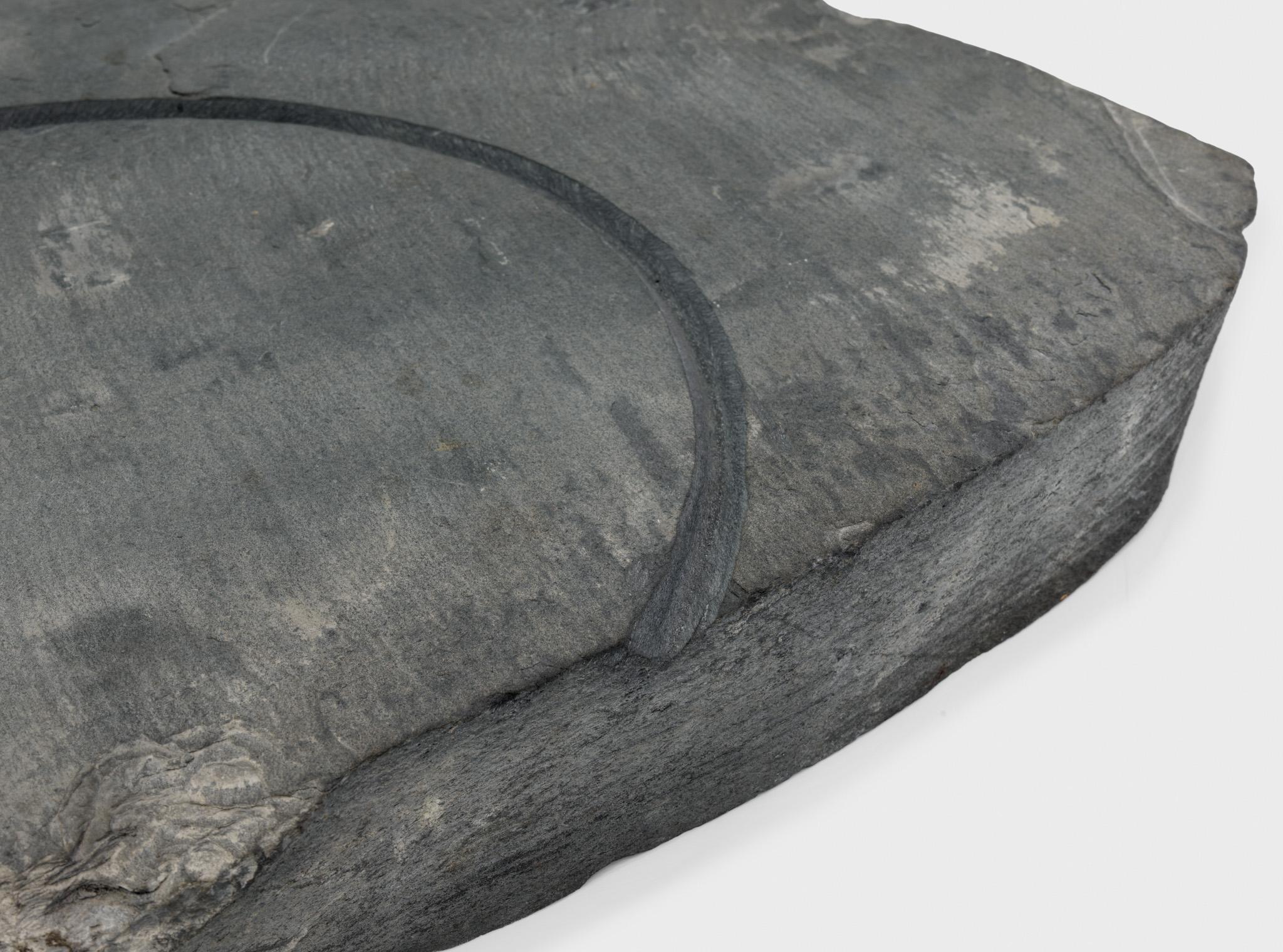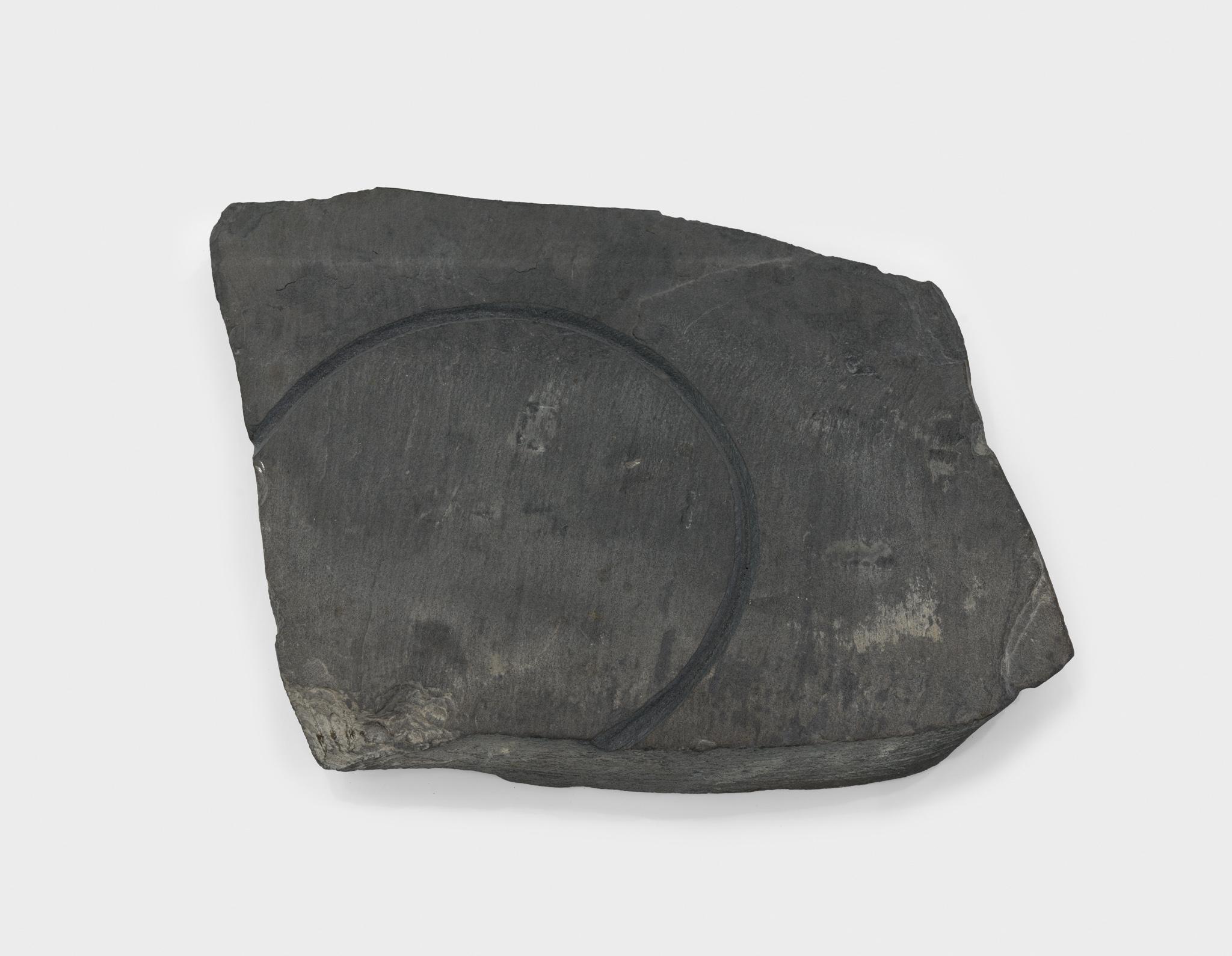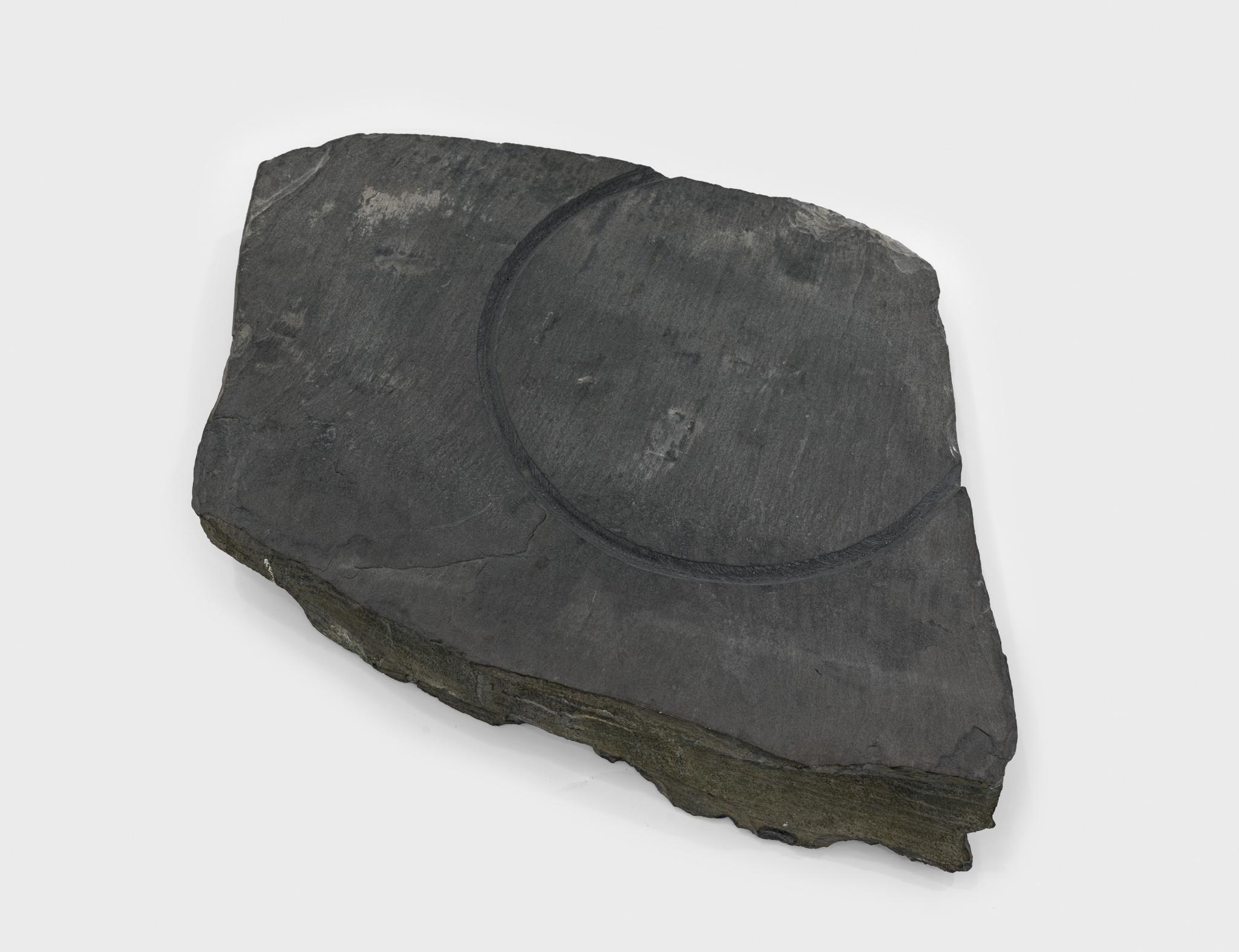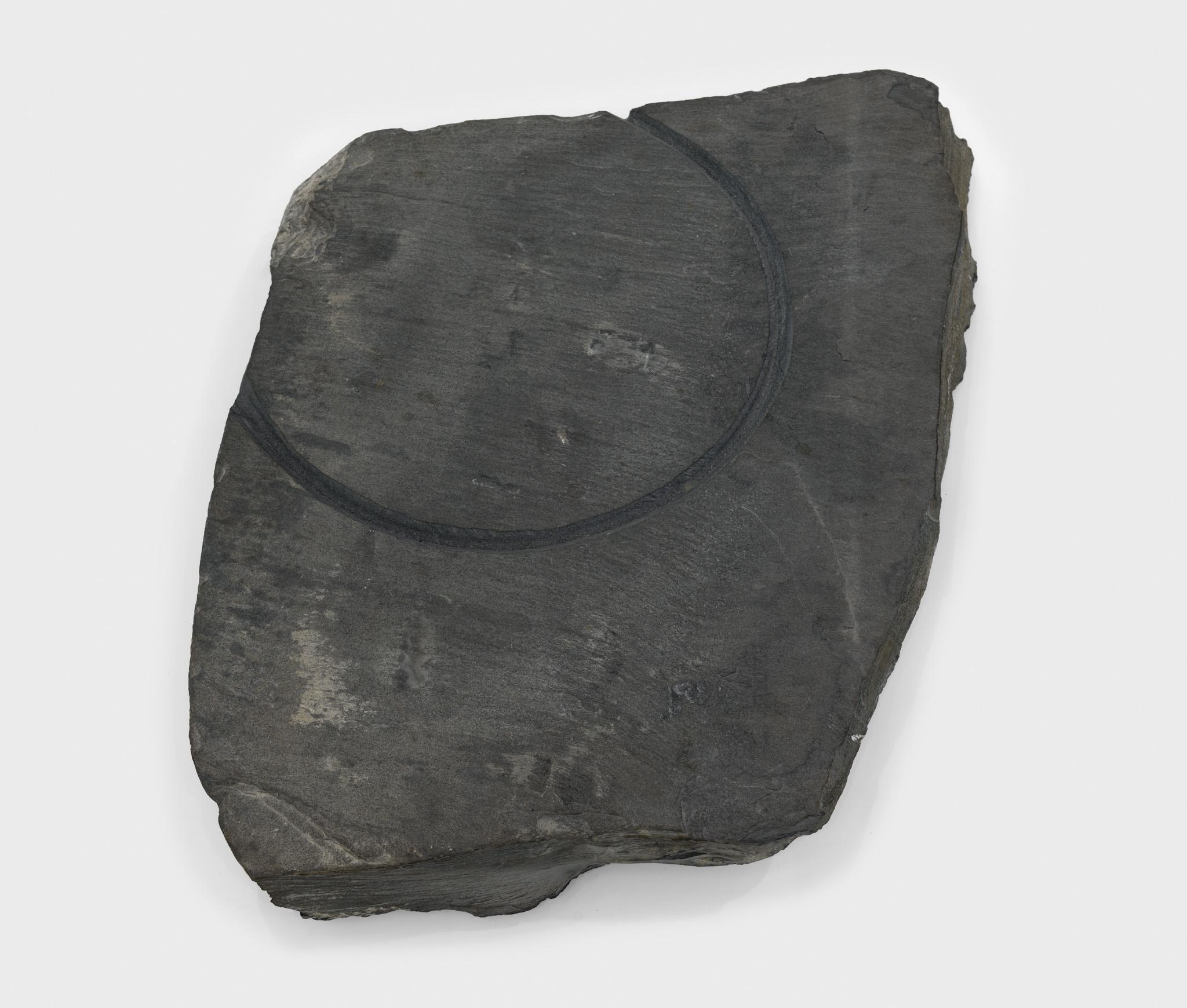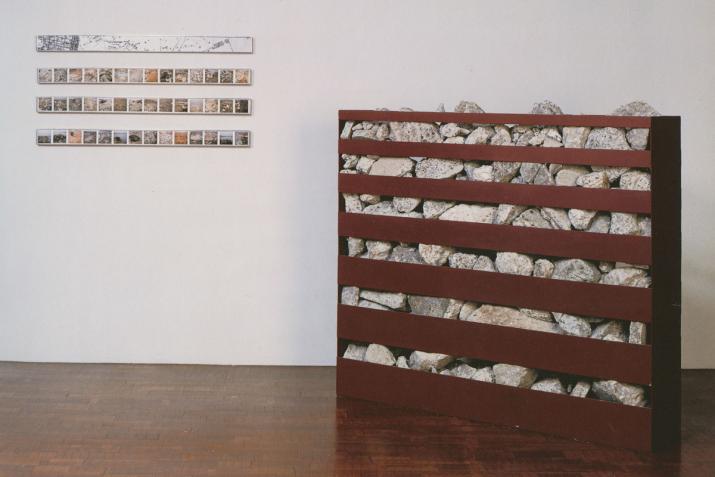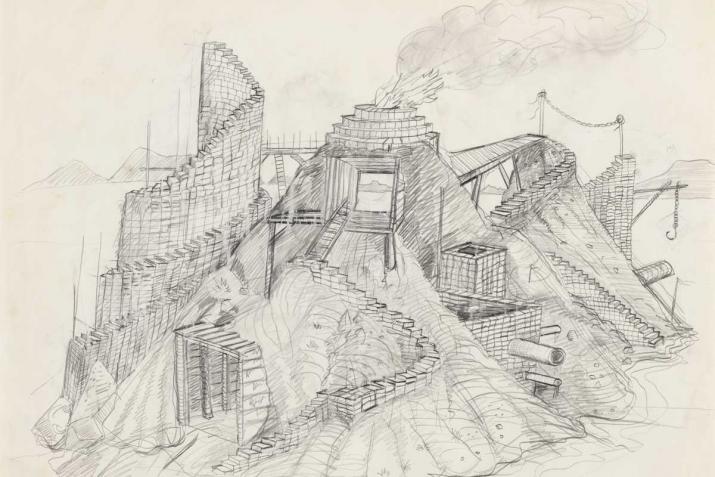
A Sedimentation of the Mind: Earth Projects
The earth’s surface and the figments of the mind have a way of disintegrating into discrete regions of art. Various agents, both fictional and real, somehow trade places with each other—one cannot avoid muddy thinking when it comes to earth projects, or what I will call “abstract geology.” One’s mind and the earth are in a constant state of erosion, mental rivers wear away abstract banks, brain waves undermine cliffs of thought, ideas decompose into stones of unknowing, and conceptual crystallizations break apart into deposits of gritty reason. Vast moving faculties occur in this geological miasma, and they move in the most physical way. This movement seems motionless, yet it crushes the landscape of logic under glacial reveries. This slow flowage makes one conscious of the turbidity of thinking. Slump, debris slides, avalanches all take place within the cracking limits of the brain.
